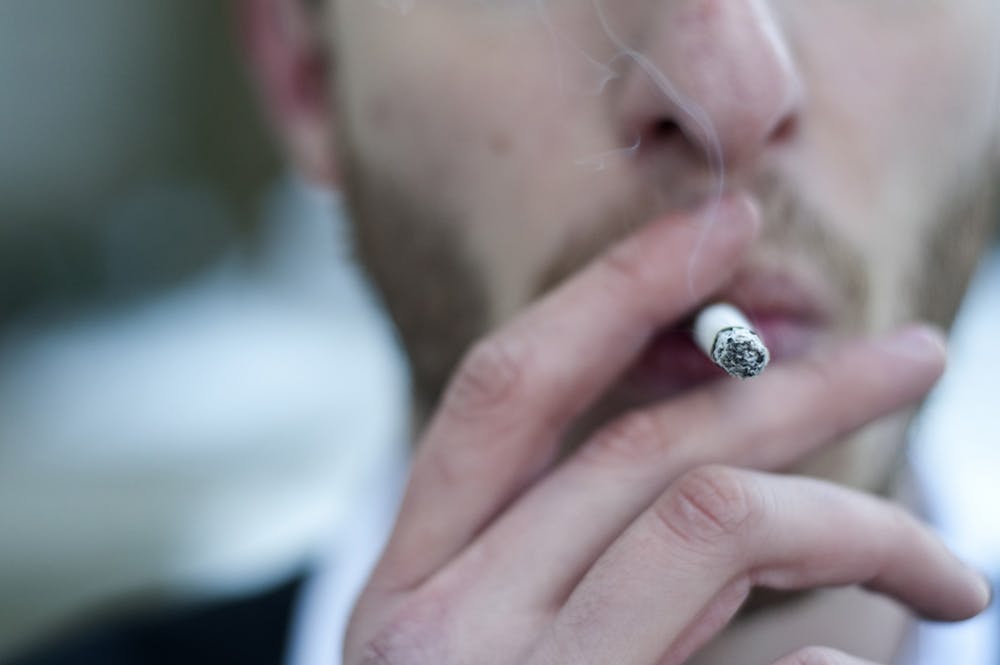Recent results from the 2022 Indiana Youth Survey show some of the most significant decreases in substance use among Indiana youth in over 30 years, IU News reported.
The Indiana Youth Survey is a biannual assessment conducted every two years by Prevention Insights, a project from the Department of Applied Health Science at the Indiana University School of Public Health.
The data is based on more than 90,000 Hoosier student responses in 323 schools, according to IU News.
The data figures with the lowest prevalence rates in thirty years were cigarettes, alcohol and marijuana. In 1991, 59.7% of 12th-graders recorded alcohol use in thirty days leading up to the survey. This year, the reported figure was 19.9%, which is also 8.6% lower than the percentage of 12th-graders who reported alcohol consumption in the last thirty days in 2020.
The survey showed alcohol was the most common substance used by Indiana youth, and most students got it from parents or social events.
Based on the survey, cigarette usage among 11th-graders declined 37.3 percentage points since its peak of 40.1% in 1996. That same year, marijuana use among 10th-graders was also at an all time high, at 24.9%. This year’s results show a 16.5 percentage point decrease, IU News reported.
Electronic vapor products are the second most used substance by Indiana teens. The results show that 12th-graders who reported using vaping products during the past 30 days decreased from 23% in 2020 to 14.8% in 2022.
"These declines are positive news, but it's unclear whether these trends will continue," Jon Agley, an associate professor at the School of Public Health-Bloomington and deputy director of research at Prevention Insights, told IU News. "Since youth often use substances with peers and outside the home, it will be important to learn whether these are long-term shifts or more of a 'blip' on the radar."
Agley said that the FDA recently banned vaping products made by Juul and the effects of this decision “warrant continued observation.” It’s difficult to know what youth vaping will look like in 2024, he said.
According to the survey, electronic vapor products hit a peak in 2018 and declined in 2020 and 2022 results, even though vaping is much more common than any other form of tobacco consumption.
Along with questions about substance usage, the survey asks students about their mental health, IU News said. Compared to 2020, the survey reported slight increases across grade levels in feelings of depression and other mental health indicators.
“We have never seen such substantial decreases since I began leading the survey, and we suspect these data reflect unexpected consequences of the COVID-19 pandemic," Ruth Gassman, a senior scientist at the IU School of Public Health-Bloomington and the executive director of the Indiana Prevention Resource Center, said to IU News. "The pandemic has disrupted adolescents' daily lives and may have prevented youth from accessing substances."




